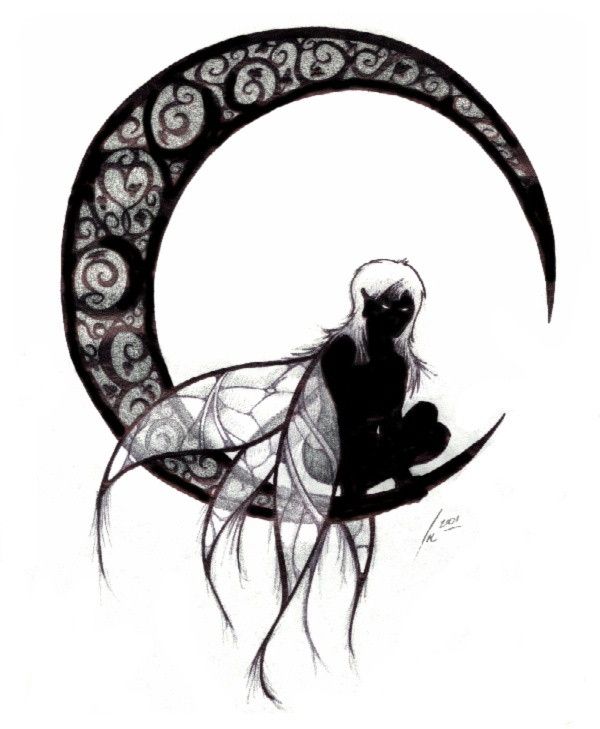This particular piece was chosen in support of “Charge of the Light Brigade” by Alfred Lord Tennyson. When listening to this intense music, one can visualize the enormity of the British Forces approaching their target. With the crescendos echoing throughout the piece, the listener can envision the spectacular assault, be witnesses of men, who by following orders are forced into a situation in which, many will not return, but it is their duty to perform this rite to protect the integrity of England’s colonial holdings – South Africa, is the objective of this march; a battle against the massive Zulu forces. The reverberating sounds emanating from the march symbolize their resolve to win the battle, which they did. British forces weren’t to be thwarted in any way; each man made the army what it was to its’ opponents – extremely formidable and not to be taken lightly.
The history of the fort itself was designed to protect the North Spur area of Dover Castle, which was perceived as a weak spot in their defences and the most likely approach for an invading army. Its construction began in 1861, and was completed by 1868, for a total cost of £88,000.
The polygonal fort is surrounded by a 35 foot wide dry ditch with a double caponier giving flanking fire along the ditch from the northern point. In the centre of the fort is the parade ground surrounded on three sides by bomb proof barracks. Originally it had been armed with 29 guns on the ramparts but by the early 1900's these guns had disappeared only to be replaced by 3 machine guns. The two World Wars saw further changes, with concrete and brick structures being added.
This short video presents Fort Burgoyne, in Dover, as it was in the day of Queen Victoria. Today, abandoned and unused, it stands as a symbol of the mighty force of the British Army in the day of Queen Victoria. Though not utilized in today’s world, it is regarded by tourists and British subjects alike, as formidable fort of the Victorian era, that housed Queen Victoria's army, an army that preserved the British way of life.
The following URL: http://www.historic-kent.co.uk/dovcast.html, provides historical information regarding Fort Burgoyne, which will enable the reader to appreciate more its historical value.
The polygonal fort is surrounded by a 35 foot wide dry ditch with a double caponier giving flanking fire along the ditch from the northern point. In the centre of the fort is the parade ground surrounded on three sides by bomb proof barracks. Originally it had been armed with 29 guns on the ramparts but by the early 1900's these guns had disappeared only to be replaced by 3 machine guns. The two World Wars saw further changes, with concrete and brick structures being added.
This short video presents Fort Burgoyne, in Dover, as it was in the day of Queen Victoria. Today, abandoned and unused, it stands as a symbol of the mighty force of the British Army in the day of Queen Victoria. Though not utilized in today’s world, it is regarded by tourists and British subjects alike, as formidable fort of the Victorian era, that housed Queen Victoria's army, an army that preserved the British way of life.
The following URL: http://www.historic-kent.co.uk/dovcast.html, provides historical information regarding Fort Burgoyne, which will enable the reader to appreciate more its historical value.


No comments:
Post a Comment